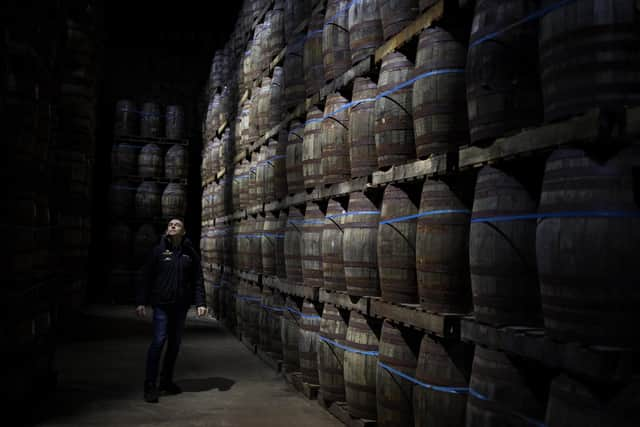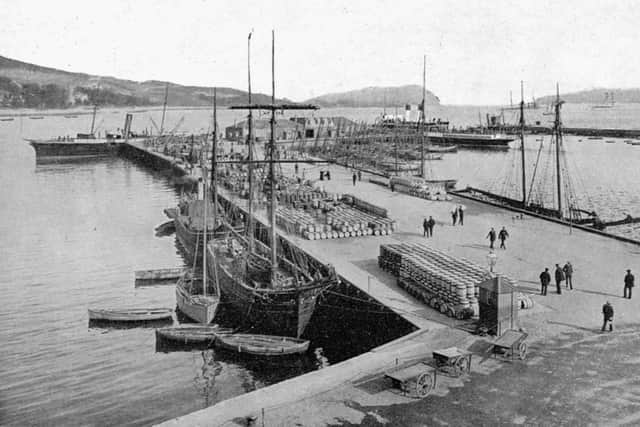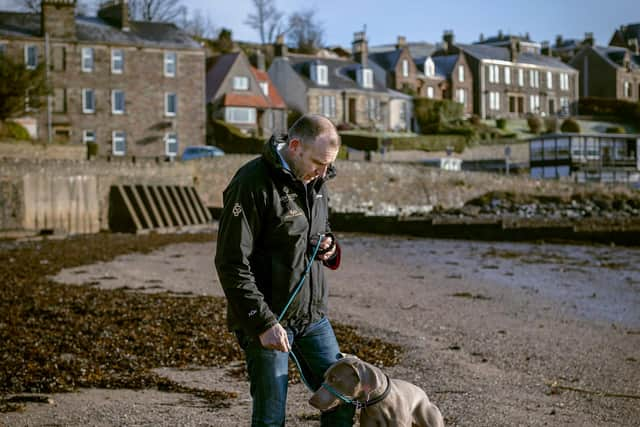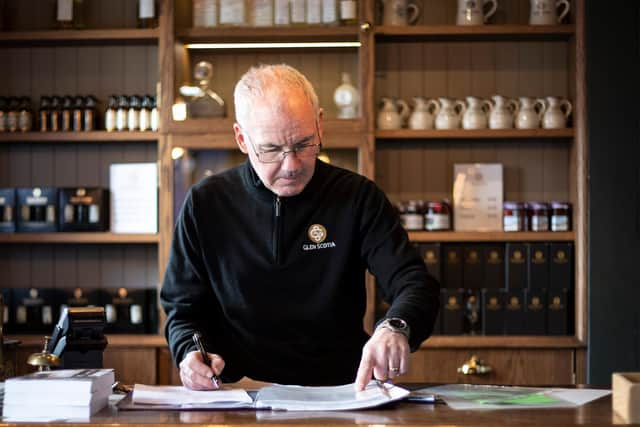The Scottish town that was the 'whisky capital of the world'
Campbeltown in Argyll boomed during the Victorian era, when streets were lined with malthouses and bonds and the harbour, from where whisky could be dispatched to Glasgow in just nine hours, alive with the hustle of brisk business.
By the end of the 19th century, it was reputed to be the richest town in Britain per capita.


Advertisement
Hide AdAdvertisement
Hide AdCampbeltown’s whisky story – which continues to this day - is being celebrated this week by Glen Scotia Virtual Malts Festival 2021, when the heritage will be toasted alongside the people who keep distilling going in the town.
Photographers from the Document Scotland photo collective have captured a new series of images that reflect the people and locations that remain central to whisky production in Campbeltown.
Iain McAlister, master distiller and distillery manager at Glen Scotia, said: “Since 1832, Glen Scotia has been shaped by the people, time and events; as well as the history of Campbeltown itself, and this remarkable Document Scotland photographic exhibition brings our unique whisky history and heritage to life.”
Campbeltown’s role in whisky distilling was shaped by the surrounding countryside from where an abundance of barley, peat and fresh water came.


Distilling on the Kintyre peninsula dates back to 1609 with the granting of the first licence to produce ‘aqua vitae’, but illicit distilling flourished in the area.
Campbeltown was not always known as such.
The place itself was established in 1597 by act of parliament and began to be settled in 1607.
It was known as Lochhead until the mid-19th century when it was renamed by the Campbell landowners, who encouraged lowlanders to relocate and settle in the town.


By 1795 there were 21 known illicit stills in Campbeltown and ten in the surrounding countryside. Campbeltown Distillery, established in 1817, became the town’s first.
Advertisement
Hide AdAdvertisement
Hide AdBy 1835, there were 29 distilleries at work with three big families leading the industry – Colville, Mitchell and Greenlees.
Throughout the Victorian age, Campbeltown was known as the whisky capital of the world and was one of the five distinctive malt producing regions of Scotland alongside Highland, Speyside, Lowland and Islay.
Campbeltown’s distilling boom was due in part to steam navigation which allowed for the rapid delivery of whisky to Glasgow and then the world beyond.


But a reversal in fortune followed. In 1923 the Drumlemble Colliery closed, ending cheap local fuel supplies with the impact of the Great Depression and prohibition also felt.
By 1929, only three distilleries remained open in Campbeltown: Scotia, Springbank and Ri-Clachan. Then in March 1930, Scotia fell silent.
By 1934, only two distilleries remained and today three continue to operate.
Hector McMurchy, assistant manager at Glen Scotia Distillery, said: “There is so much craft and history in this legendary town. Each distillery has its own processes that make its single malts unique, but the fundamentals of Campbeltown’s whisky-making remain the same.”
Mr McMurchy is one of the industry figures captured in the new photo exhibition from Document Scotland with images taken by Sophie Gerrard, Colin McPherson and Jeremy Sutton-Hibbert.
A message from the Editor:
Thank you for reading this article. We're more reliant on your support than ever as the shift in consumer habits brought about by Coronavirus impacts our advertisers.
If you haven't already, please consider supporting our trusted, fact-checked journalism by taking out a digital subscription.
Comments
Want to join the conversation? Please or to comment on this article.
